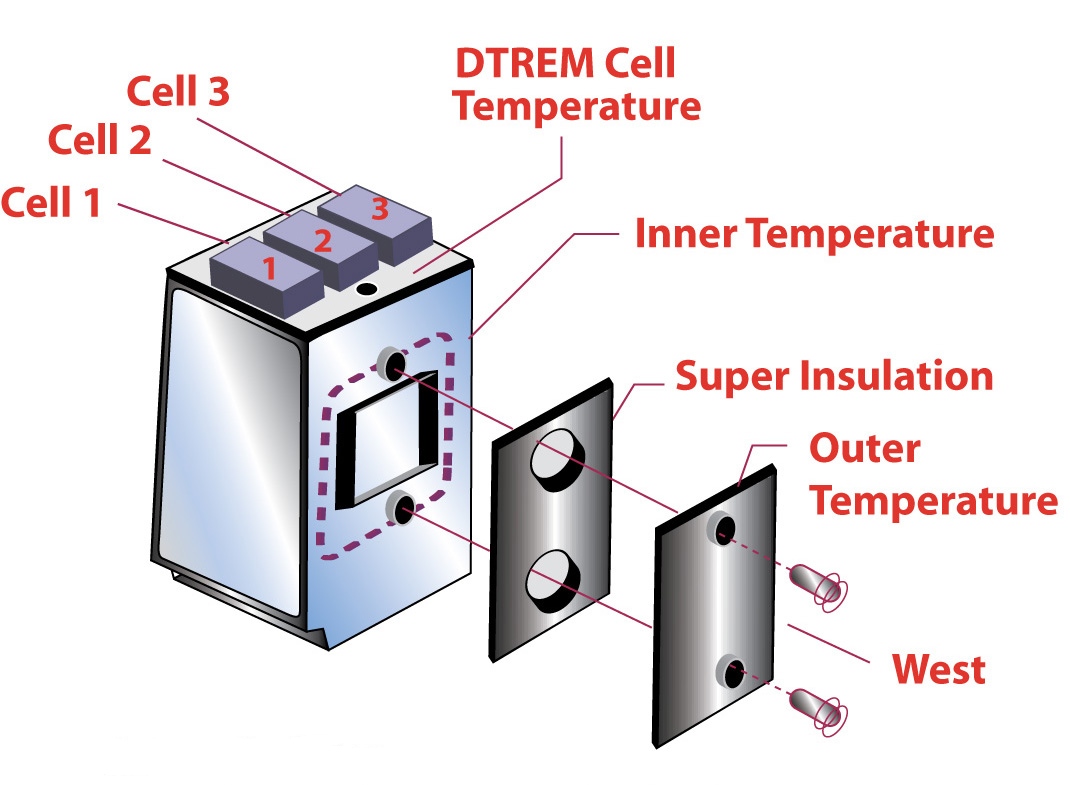
Apollo Guide
Apollo 11 Landing Site

Lunar Dust Detector
Measures the amount of dust accumulating on the lunar surface, which translated into the solar illumination detected by the cells. It also measured the damage to solar cells by high-energy radiation as well as the reflected infrared energy and temperatures of the lunar surface. It consisted of three photocells mounted on the Central Station..
Prior to the Apollo landings, it was thought that there would be a heavy dust layer deposited on the ALSEP experiment package during LM ascent and possibly from other long-term sources. This experiment was designed to measure this dust layer deposition and was performed on Apollo 11, 12, 14, and 15 missions. It was housed in the ALSEP central station and measured the power output and temperature of the three solar cells. The dust accumulation proved to be much lower than expected, and the results from this experiment were also used to monitor the long-term degradation of solar cells from radiation and thermal effects. This was considered to be an engineering rather than a scientific experiment.
The function of the experiment was to separate and measure high-energy radiation damage to the solar cells, to measure reduced solar cell output due to dust accumulation, and to measure reflected infrared energy and temperatures for use in computing lunar surface temperatures. The Dust Detector had two components -- a sensor package mounted to the top of the Central Station sun shield, and a printed circuit board located within the Central Station that interfaced with the power distribution unit of the ALSEP data subsystem.
Non - Normal
An unexpected problem with the first ALSEP on Apollo 12 involved the cables that connected the various experiment modules to the Central Station. Although the cables were fairly stiff, on Earth they tended to lie flat to the ground, held down by their own weight. However, on the Moon, the cables hardly seemed to notice the one sixth gravity and retained loops and bends they had acquired during storage inside the LM - loops that stood up from the ground rather like sections of a frozen garden hose. There were no disastrous tripping episodes during Apollo 12 such as occurred on Apollo 16, but the need to dodge cable loops slowed the astronaut's work.

|
|
|
Home / Acronyms / Index / Schematics / Systems
Operations / Non-Normal / Normal
Panels / 1 / 2 / 3 / 4 / 5 / 6 / 8 / 12 /14
Copyright 2024 APOLLO 11 GUIDE©